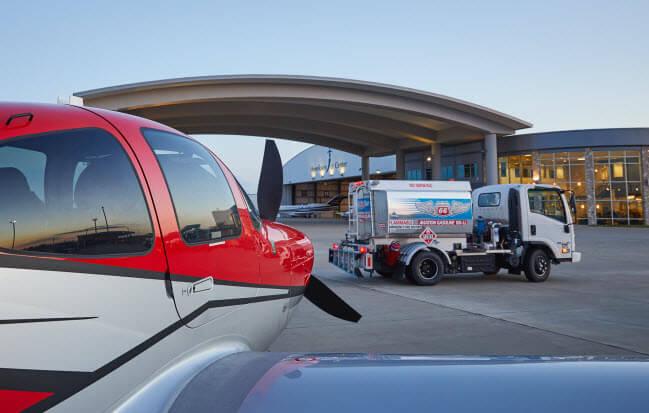
Unlike during the economic downturn of the late 2000s, business aircraft owners have not rushed to sell their assets in the COVID-19 pandemic, noted Rob Scholl, Textron Aviation senior vice president of sales and marketing, during a recent virtual SpeedNews Business and General Aviation Conference.
“That’s a good sign,” Scholl said. It suggests the fundamental demand for private aviation is holding up.
The charter industry is leading a recovery in business aviation with personal or leisure travel, rather than business travel, leading flight activity as clients move away from the airlines.
At Embraer, charter customers have requested delivery advancements rather than deferrals, said Stephen Friedrich, chief commercial officer at Embraer Executive Jets. The company sees increased demand from customers who view business aviation as a safer mode of travel. In fact, sales in the third and fourth quarters of 2020 are equal to or greater than what they were in 2019, which was a record year, Friedrich said.
“I definitely think people are returning to the market and are planning ahead,” he said.
When the pandemic subsides, some analysts and manufacturers said they expect the positive trend in private travel to continue.
Case in point: In a partnership with Costco, its customers may purchase a one-year Wheels Up membership for private flight for $17,500. With the purchase, members receive $3,500 in Costco credit and $4,000 in flight credit.
“It speaks to the democratization of aviation,” said Richard Aboulafia, Teal Group vice president of analysis. “Once you get involved in private aviation and you get used to it, it certainly becomes something you want to spend your money on.”
However, Jefferies’ managing director of equity research, Sheila Kahyaoglu, predicts business-jet deliveries will drop 30% in 2020 from 2019. She projects the 2019 number of deliveries—1,675—will not return until 2023.
In the meantime, manufacturers are using the pandemic to expand support networks and continue product development, conference panelists reported.
It is the right time to “double down” on networks to service and support aircraft so they are ready when flying comes back to 100%, said Mark Masluch, Bombardier director of communications and public affairs.
For Friedrich, the largest concern is maintaining a global legislative environment to support the industry. Other challenges include how a work-at-home environment, should it continue after the pandemic, will affect innovation, said Hany Sarhan, director of strategic planning for Pratt & Whitney Canada. Innovation and ideas occur when people get around a table or white board and talk, he said. “That’s going to be a big challenge.”
There is reason for optimism, however, according to Sarhan. Pratt has a diverse portfolio of products and “there’s a big world out there,” he noted.
For Jefferies’ Kahyaoglu, the bright spot today is strong consumer sentiment in the U.S. while the biggest concern is a fragile recovery. “We’ve got to get through the vaccine and the administration change,” she said.
Textron Aviation’s Scholl said one reason for optimism is the “new, interesting ideas in new technologies, which are starting to bubble up,” such as the use of hybrid electric technology and sustainability efforts. But the biggest challenge today is the closure of international borders during the pandemic, he noted.
Bombardier’s Masluch agrees, adding: “The question is when can we breathe a sigh of relief and begin flying again,” Masluch said.





